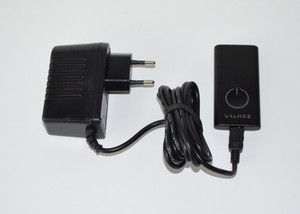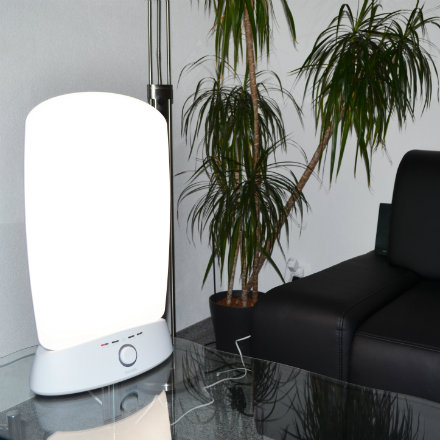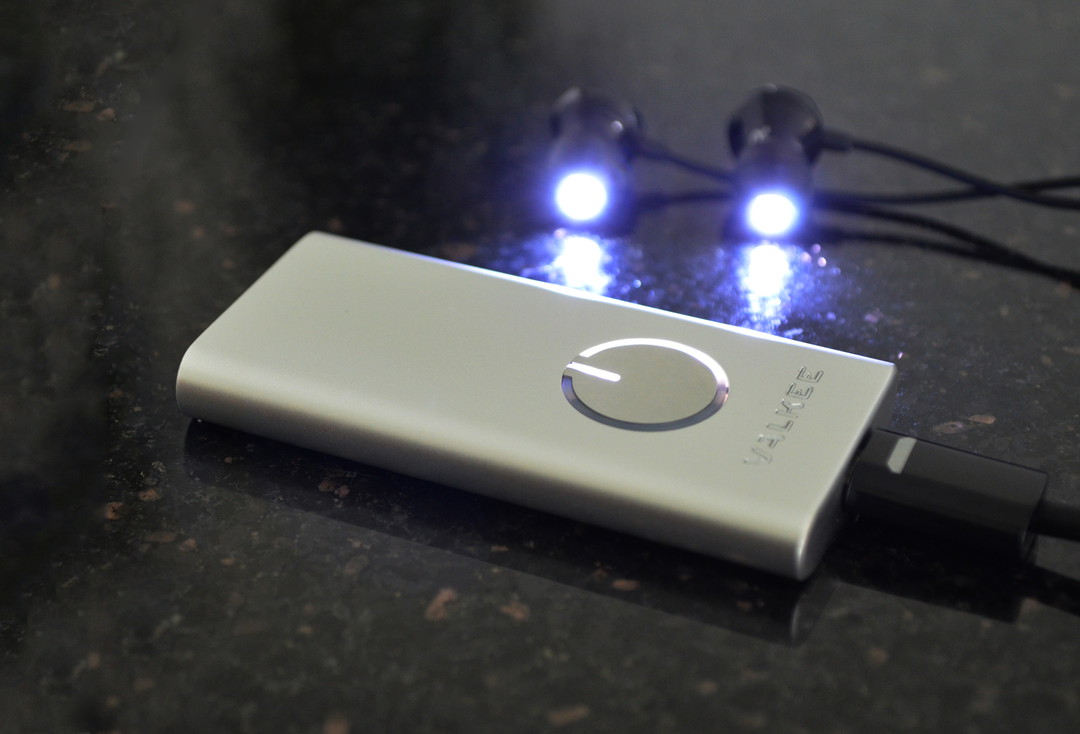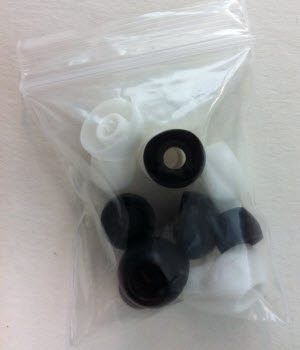Jet lag symptoms begin to be felt after a flight which crosses over two time zones. On a flight from the USA to Switzerland, six or even nine time zones may be passed through, depending on the departure city. Some of the physical problems of jet lag that can be experienced include daytime sleepiness, weakness, sleep problems, headaches and digestive problems.
The reason for this is that our internal body clock is set to a 24 hour rhythm. This body clock sits in the SCN (suprachiasmatic nucleus) in the brain. If the sensors of the body experience a totally altered, and completely unfamiliar, day and night cycle, and thus, a different activity and resting rhythm, the body is very sensitive to this. Here, light plays a very important role, because light is passed from the environment directly to the SCN. Light, in sufficient quantity, at a strength of more than 2000 lux, is able to influence the body's internal biological clock. Furthermore, the action of darkness on the body triggers certain processes to happen. In the dark, the body produces the sleep hormone, melatonin, which prepares the body for sleep.
On a flight from New York to Zurich, for example, there is a time difference between the departure and destination point of six hours. When it is 6 am in New York, Philadelphia, Florida or Washington, in Zurich it is 12pm. If you travel from San Francisco or Los Angeles to Zurich, you will cross three times as many time zones.
So, if you calculate that the flight takes about 8 hours, this means you might depart from New York at about 18.00 and you end up in Zurich for 08.00 breakfast time, your internal body clock is set to operate on a much earlier time. You can use these facts, and your usual sleep/wake rhythm, to put together an effective plan to reduce the effects of jet lag.
It should be noted that the conversion of the body to the new local time is only meaningful if the stay is of an extended duration. If you are only travelling for a few days, the body does not even switch, but keeps rhythm to your home time zone.
To change the body so it is in line with the new local time, it is best to begin making changes to your sleep/wake cycle and your sleeping habits for a few days before you fly. This would mean, in the practical example of a flight from New York to Zurich:
• Expose yourself at certain times to increased light, and at other times avoid exposure to strong light (more than 2500 lux).
• For 3 days before the flight go to bed each night half an hour earlier than usual.
• In the mornings, either sit in direct light, or install a light therapy device like the Valkee 2 Human Charger.
• If you are flying at night, avoid being exposed to light. Set your watch to the time it is in your destination. Be sure to drink plenty of water, (not caffeinated drinks, tea or alcohol), and rest. When you arrive, expose yourself to direct light or use the light therapy device.
• On arrival, go to sleep at the time you would normally do. Avoid light exposure for the first half hour after waking up and then expose yourself to light again.
• On the days following your arrival, follow your normal sleep schedule, and sit in the light at around noon, or in the early afternoon. Set the time of your exposure to light, each day, to one or two hours earlier than usual.
• Here, exposing yourself to light means either to remain outdoors in sunlight, or to use a light therapy device that provides up to 10,000 lux. When it comes to avoiding light exposure, you can use a good pair of sunglasses, or a sleep mask, to ensure enough darkness, and to give a better quality of sleep.
It is also helpful to ensure a quiet sleeping environment. Avoid heavy, fatty meals and caffeinated drinks before bed. Make sure your body gets plenty of fluids (preferably water) and vitamins, and ensure that you take sufficient rest.
If it is difficult to get the correct amount of light exposure in situ, because it is difficult for you to be outdoors at the right times of the day, then you will find a portable light therapy device useful. The Valkee 2 Human Charger light therapy device is very suitable. The light intensity of this device corresponds to 10,000 lux. It is similar in shape and design to an MP3 player, because it delivers light signals to the brain via two ear-plugs. This makes it a very light, yet robust device, that can be easily fitted into luggage. In contrast to other photo therapy devices, the Valkee delivers light by transmission through the ear canal, in applications lasting 12 minutes each, which can be given up to four times each day thereby controlling the symptoms of jet lag by light manipulation.
Wellnessproducts > Jet lag
Reduce jet lag symptoms when travelling by air from the US to SwitzerlandJet lag – the unloved companion for long haul flights, which cannot be shaken off? This need not be the case! If you follow some useful advice, difficulty In concentrating, headaches and many other symptoms can be reduced. Light and darkness play an important role in this.
 Published on 17.09. by  Light therapy Light therapyDo rainy days or the dark winter months leave you feeling a bit gloomy? Try using a light therapy machine to add some natural light to your life - revitalizing and reenergizing your mood.  Valkee 2 Light Therapy Device - Silver, 8 x 4 x 2 cm, CHF 199.00 Valkee 2 Light Therapy Device - Silver, 8 x 4 x 2 cm, CHF 199.00Portable led light box Valkee2: bright light headset |
- FREE DELIVERY (ECONOMY)
- Safe shopping: Payment with invoice, credit card, Paypal or Postfinance
- Warehouse in Switzerland (Widnau SG)


 Valkee1 silicon ear plugs - only for Valkee 1, CHF 14.00
Valkee1 silicon ear plugs - only for Valkee 1, CHF 14.00